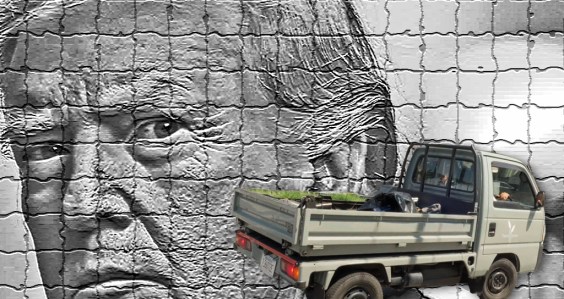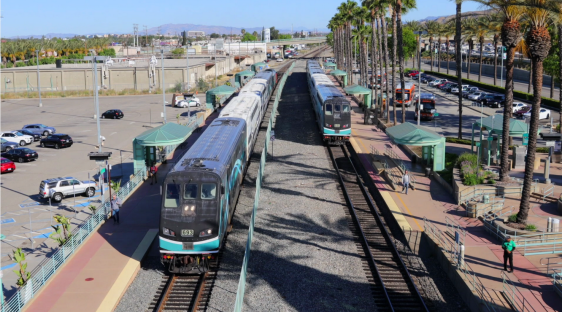Within a few decades, San Francisco's streets will be even more clogged with cars, more dangerous for walking and biking, and Muni will burst at the seams as more people try to get around. That's the future city officials warned about at a hearing yesterday, painting a grim picture of traffic-choked streets if nothing is done to change the status quo of paltry funding for walking, biking, and transit.
"The growth is coming to San Francisco, the people who are here aren't leaving, and more jobs are coming," said SFMTA Director Ed Reiskin. "I think we got away for a few decades with not making investments in our transportation system" and other infrastructure, he said, "but we're beyond a point where we can get away with it anymore."
As we've reported, the city's transportation and street infrastructure has $3.1 billion in unfunded maintenance needs over the next ten years, $2.2 billion of which is to bring Muni up to a "state of good repair." Looking at all of the transit systems in the Bay Area, the budget gap is $18 billion over the next 25 years, and that's just maintenance -- adding the capacity to transport a larger population will cost more.
Those numbers don't include funding to implement the SF Pedestrian Strategy, the Bicycle Strategy, the Muni Transit Effectiveness Project, traffic signal upgrades, and other street redesigns, each of which would cost hundreds of millions of dollars, said Reiskin. None of the measures currently in the works to increase transportation funding would come close to meeting the projected needs.
Over the next 25 years, San Francisco is projected to add 92,410 housing units and 191,000 jobs, said Planning Director John Rahaim. Those figures come from Plan Bay Area, a strategy to focus regional population growth near transit and job centers that was approved last week by the Metropolitan Transportation Commission and is set to be updated every five years.
Rahaim noted the importance of focusing new development within walking and biking distance of job centers, citing surveys that found that 30 percent of people who live in downtown SF walk to work. That "reduces what otherwise would be a burden on the transit system," he said. "That doesn't solve the $18 billion problem -- I'm not pretending that it would -- but I do think it helps us think more holistically about how we solve these problems."
Rahaim said the one-time impact fees collected from new developments would generally only pay for 30 percent of their transportation impacts, even after the implementation of the Transportation Sustainability Project, which would revamp the impact fee system.
Supervisor Scott Wiener, who called the hearing to discuss the issue of how transit can improve to catch up with new development, is City Hall's most vocal advocate for increasing transportation funding. While the Mayor's Transportation 2030 Task Force is expected to release recommendations about how to increase transportation revenue this fall, Wiener noted that any meaningful change to the status quo will require broader political support from city leaders.
"We're going to have a continuing series of political decisions to make about whether we're going to actually support our public transportation system with money," said Wiener, "or whether that money is going to continue to be used for other needs."





